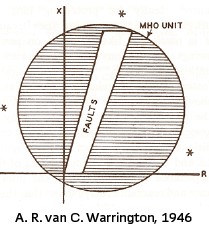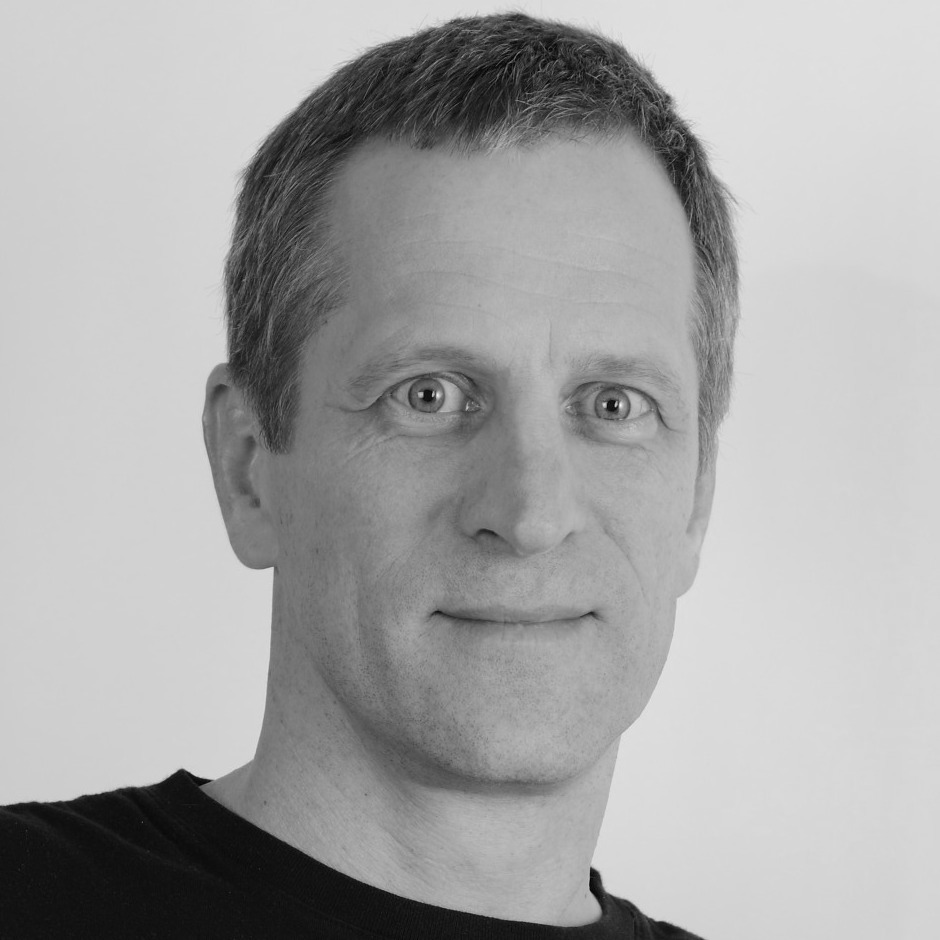by Fred Steinhauser, OMICRON electronics GmbH, Austria
According to Douglas Adams, 21 is only half of the answer.
In electrical power systems, ANSI 21 was the mainstay of transmission line protection for decades.

The prominent position of distance protection is crumbling.
After I joined OMICRON more than twenty years ago without any background in power systems protection, I had to work myself into this topic. Of course, I quickly noticed the significance of distance protection and became curious how users approached it. I recognized that several different parameters and assumptions influence the performance of this protection principle and I started to ask questions, like “how do you set the k-factor?”
Surprisingly, to a large extent, the answers were not convincing. About half of the answers were of the kind “we leave it at factory settings” or “don’t know.” And I learned that many of the influencing parameters are not as well under control as it might be desirable. This formed the impression that distance protection is somehow a dodgy thing, but I did not dare to say this about the sacred cow of power systems protection.
Moreover, distance protection comes with some implied preconditions, which are decreasingly fulfilled.
The concept very much relies on the classical hierarchical power systems, with well-defined power flows from strong sources to the loads. Today, with distributed generation deployed anywhere, these conditions are no longer granted.
Not long before the COVID-19 pandemic, I was at a protection conference in Europe where the topic of fault levels was intensively discussed. The opinion leaders convinced themselves that we did not need to worry, there would always be enough fault current to make our relays pick up. This was hard to believe already back then, and now even the mainstream has changed.

At the DPSP conference 2022, the decreasing fault currents and the more complex generation and load scenarios due to the recent changes in the networks were a hot topic. And it was clearly stated that this already causes severe problems for distance protection.
But protection engineers don’t want to let go 21 easily. There are projects planned to investigate the effects of the mentioned changes on distance protection and if and how things could be adapted to keep distance protection alive.
Such projects are like evaluating a new whip for a dying horse, a complete waste of resources. It would be better to make a clear cut. Keep distance protection where the preconditions are fulfilled and dump it anywhere else.
We live in the age of communication. New communication-based concepts with distributed measurements are the solution for the protection problems of the future. The sophistication of the local protection function will be replaced by distributed protection schemes that make their decisions based on the inputs from multiple, comparatively simple, but communicating measurement devices deployed in the power network.
I have a copy of Gerhard Ziegler’s book about Digital Distance Protection. I value it, also because I got it as a gift from some colleagues at Siemens. But besides its sentimental value, it may no longer be significant for the protection problems of the future.
Biography:

Fred Steinhauser studied Electrical Engineering at the Vienna University of Technology, where he obtained his diploma in 1986 and received a Dr. of Technical Sciences in 1991. He joined OMICRON and worked on several aspects of testing power system protection. Since 2000 he worked as a product manager with a focus on power utility communication. Since 2014 he is active within the Power Utility Communication business of OMICRON, focusing on Digital Substations and serving as an IEC 61850 expert. Fred is a member of WG10 in the TC57 of the IEC and contributes to IEC 61850. He is one of the main authors of the UCA Implementation Guideline for Sampled Values (9-2LE). Within TC95, he contributes to IEC 61850 related topics. As a member of CIGRÉ he is active within the scope of SC D2 and SC B5. He also contributed to the synchrophasor standard IEEE C37.118.
.








